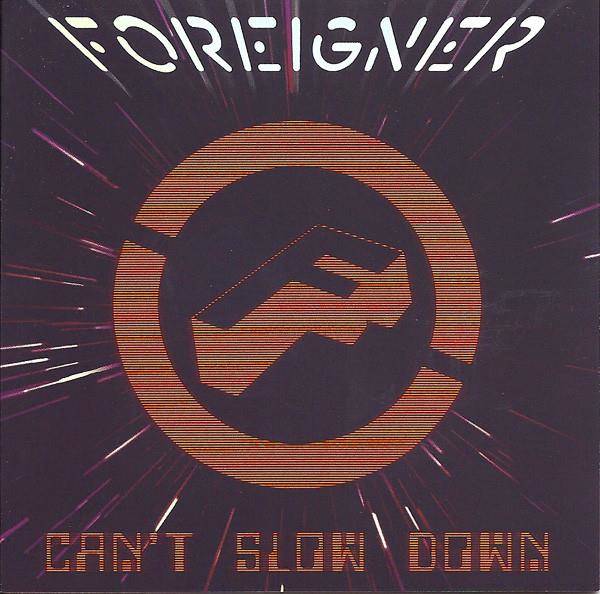

I can say that because all the games were running full speed for me. It's a bit refreshing that in melonDS I don't really need to worry about any of this. Asynchronous audio on by default means that timings can be wrong if the emulator is running too fast or too slow. I'm very biased on this matter, but, I really dislike this being the default setting. You can change this in the settings, but I found it bit odd this was the default behavior when I was doing performance testing. That's because audio is emulated off thread by default - asynchronous audio. Even if there is slowdown, it's a lot harder to notice in DeSmuME unless you have performance metrics enabled. There is a plethora of settings I could use if my computer was weaker to make the emulator run even faster by sacrificing accuracy. The one thing that DeSmuME does a lot better than melonDS is provide options to mitigate and minimize the effects of slowdown.

Because it's so fast, there's no reason to not have it set to the maximum resolution right now if you even have a mid-range gaming computer. MelonDS's new OpenGL renderer is the biggest reason to use it over other emulators.

Metroid Prime Hunters gives off the vibes of an old Unreal Engine game at 8x Internal Resolution This is due to how the emulators themselves measure performance.ĭo note while the above data is accurate, there are tons of speedhacks, frameskipping, and more than can achieve higher framerates in DeSmuME. 60 FPS is full speed in this chart despite the games outputting 30 FPS. A third party modification to DeSmuME was used to test high resolution perf. In fact, melonDS runs at the same speed on my computer regardless of whether it's at native resolution or at 8x internal resolution! High resolution mode is a bit weird in melonDS in dual screen 3D games. This time around, the gap in performance between DeSmuME and melonDS has closed. melonDS has always been a high accuracy emulator, but before there was a huge sacrifice to performance. The real meat of melonDS starts once you boot up a game. Simple, Barebones, but refreshingly easy to use. You aren't going to be able to modify every aspect of emulation as you would in DeSmuME, but you can still do things like change the screen layouts and customize the gap for games that have gameplay go between screens. There aren't many options, but most of the important ones you'd expect are available. MelonDS on the other hand feels empty in some ways. Featuring high compatibility, performance, tons of customization options, filters, enhancements, and more, this is a fully featured flagship emulator. While there are specialty emulators and a graveyard of projects that have since been abandoned, DeSmuME has thrived as the dominant emulator. When it comes to desktop DS emulation, DesMuME has been the king for many years. Featuring a brand new OpenGL renderer that maintains high performance even at increased internal resolutions while maintaining superb accuracy, melonDS has a compelling case to be your main Nintendo DS emulator. On May 31st, melonDS 0.8 released and put the rest of the scene on notice: this emulator means business. While I'm by no means declaring the other emulators I mentioned in the article as losers, one of them in particular has truly become a force within the Nintendo DS emulation scene: melonDS melonDS 0.8 brings a high performance hardware renderer that can breathe new life into DS titles. Two years ago, I declared that Nintendo DS was entering a golden age with several new emulators ready to challenge the established normal.


 0 kommentar(er)
0 kommentar(er)
